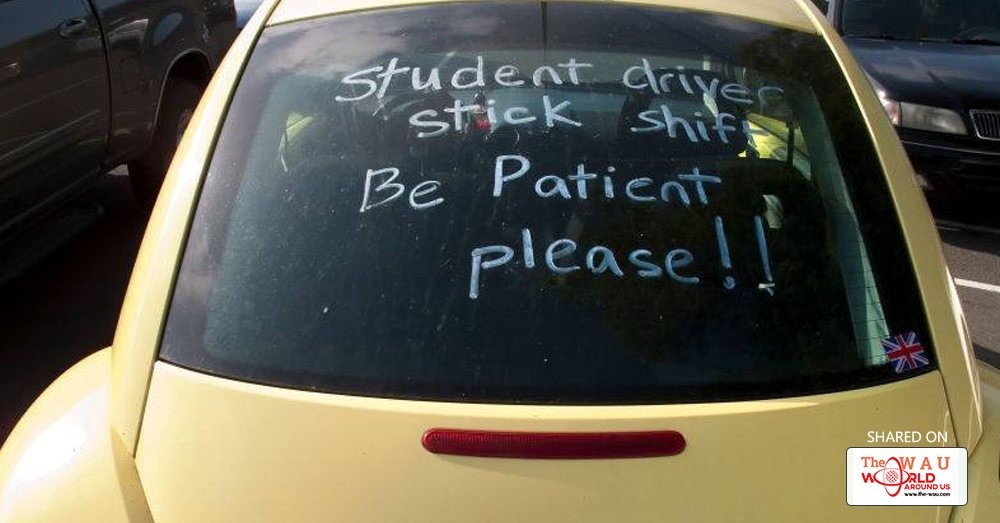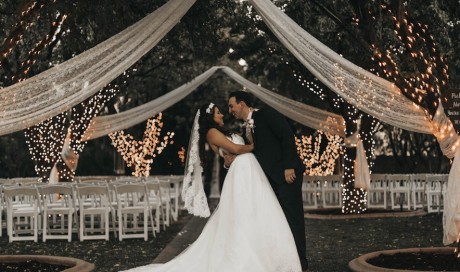Almost a third of Americans now exit their teen years without a driver's license , and license ownership is down over the past decade among all age groups. More of us are learning to drive as an adult-a time in our lives when we can't easily borrow Mom and Dad's car or take a high-school class. Many of us don't want to own a car at all; we'd just like to rent one on weekends or for the occasional shopping trip. We're stuck in a Catch-22: How do we practice enough to take the test that lets us practice? It feels intimidating, but it's totally doable-and it even has advantages.
Because cars were invented after federalism, every part of the license process varies widely state to state, so check your DMV or DOT's website. The unofficial guides at DMV.org are also helpful.
1.Get your learner's permit
Almost all states require new drivers to get a learner's permit several months before they apply for a full license. Typically you'll get your learner's permit by going to the DMV or DOT and taking a written test. Study your driver handbook, take every prep test that's offered on the governmental site ( here's California's ), and avoid paying for third-party prep tests. When I took the test for my permit in NYC, I was elated to recognize every question from the prep tests.
At some point in the application process, you may have to pass a vision or hearing test, so bring whichever glasses, contacts, or hearing aids you plan to use while driving.
2.Practice with an instructor
After you get your permit, you need to practice. If you've never driven before, you're best off with a professional instructor for your first few rides. They're better prepared to teach you than a friend or relative, and they have their own brake pedal. They know the difference between "good driving" and the more rigorous rules of a driving test. And unlike family and friends, if things go poorly, you never have to see them again.
Research your driving school on Google and Yelp. You don't need to pick the absolute best-just avoid any place with a trail of complaints. Get a feel for the vibe of the place, and if you trust it enough, invest in a package deal: a classroom course, lessons, and a ride to the test site.
Unlike your driving test examiner, who's paid to keep dangerous drivers off the road, your instructor is paid to help you pass the test. They win when you win. Be honest about your feelings so they can address them. You never want to look hesitant or confused in front of the examiner, so work that out with your instructor. And ask them where the test takes place. Some states don't allow learners to scope out the test location, but since the test happens on public roads, it's hard to enforce. Again, your instructor will know what you can safely get away with.
Brooklyn, NY's Drive Rite Academy , where I re-learned how to drive after ten years off the road, advised me over email:
In addition to actual driving practice, you might have to take a driver's education course. In Texas, new drivers under 25 need to take a six-hour course online or in a classroom, while everyone else needs to watch a one-hour video. In New York, all new drivers need to take a five-hour classroom course , which varies widely by driving school but will probably include at least one gruesome video of accident footage from drunk drivers.
...[ Continue to next page ]
Share This Post

















